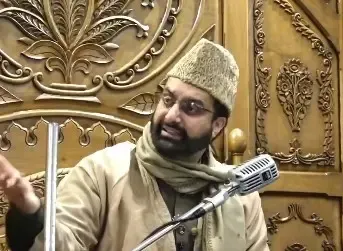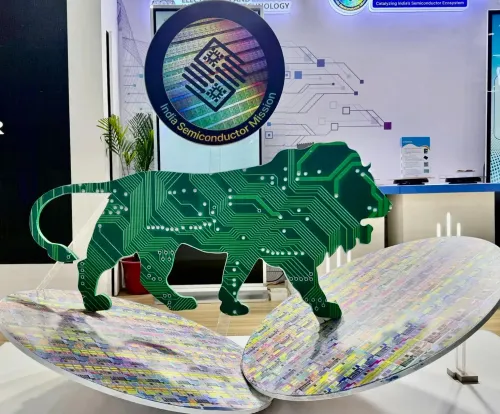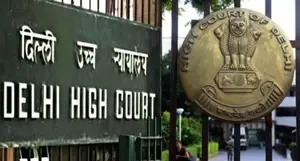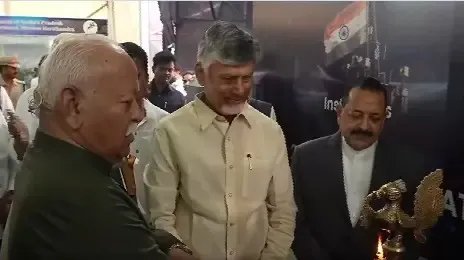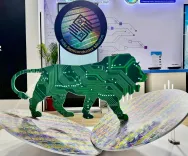Is Energy Infrastructure a Strong Pillar for a Developed India?
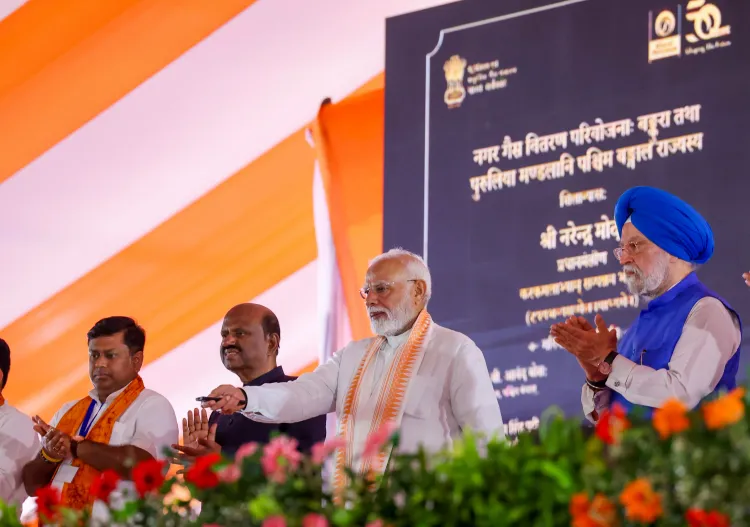
Synopsis
Key Takeaways
- India's energy infrastructure is rapidly evolving.
- Significant increase in natural gas pipeline length.
- The PM Ujjwala scheme has transformed women's access to clean fuel.
- India has bucked global trends with falling fuel prices.
- Energy reforms are pivotal for economic growth and job creation.
New Delhi, July 19 (NationPress) India is in the midst of a robust transformation in its energy infrastructure, with significant advancements being made towards the vision of 'One Nation One Gas Grid' under the leadership of Prime Minister Narendra Modi. This was emphasized by Petroleum Minister Hardeep Singh Puri during an event in Durgapur, West Bengal.
Prior to 2014, the nation boasted only 15,000 kilometers of natural gas pipelines. However, this figure has surged to around 25,000 kilometers, with additional pipelines currently under construction, Puri noted.
“Navigating through opposing forces to alter the course of progress is no easy feat. Yet, with visionary leaders steadfastly supporting the populace, such change becomes achievable. While global petrol and diesel prices soared, PM Modi ensured that the impact was minimized in India,” Puri remarked to the audience.
As a significant economy, India stands out as the only nation where petrol and diesel prices have actually decreased over the last three years.
“PM Modi implemented a reduction in the central excise duty, thus saving the hard-earned money of citizens by Rs 13 and Rs 16 per liter on petrol and diesel, respectively. In states governed by the BJP, VAT was also lowered, whereas opposition-led states opted to increase prices to fill their own coffers,” the minister stated.
Under PM Modi’s leadership, “the last 11 years have witnessed an LPG revolution, initiating a transformative wave across all sectors. Through the PM Ujjwala scheme, over 10.33 crore women have been granted free connections. Currently, they can acquire a cylinder for just Rs 553, which is more economical than in other LPG-producing nations,” Puri explained.
In comparison, the same cylinder costs Rs 1,204 in neighboring Sri Lanka, Rs 1,201 in Nepal, and Rs 1,000 in Pakistan.
“In West Bengal alone, more than 1.25 crore individuals benefit from this initiative. This revolution has not only enhanced women's health but has also played a pivotal role in creating jobs. Clean fuel is now a staple in almost every kitchen across the nation,” the minister highlighted.


